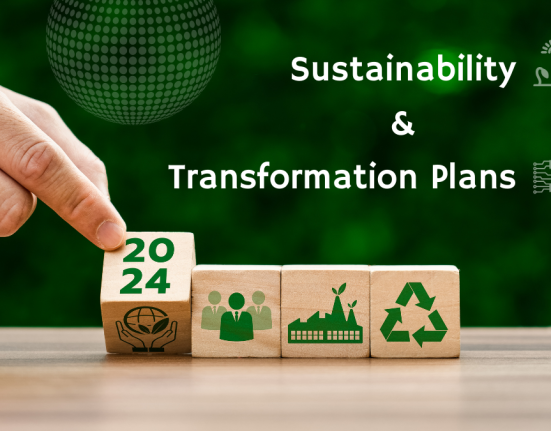Agriculture is the backbone of many economies worldwide, providing food, fiber, and other important products. However, with population growth, climate change, and other challenges, the traditional methods of farming are no longer sufficient. Digital agriculture is seen as a solution to these problems, providing a new set of opportunities for farmers, the industry, and society. In this post, we will take a look at the digital agriculture mission, its goal, and how the industry is building momentum toward it.
The Digital Agriculture Mission
Digital agriculture is an approach that uses technology and data to improve the efficiency and productivity of farming. The Digital Agriculture Mission is a global initiative that aims to promote the use of digital technologies in agriculture. The mission aims to increase food security, reduce costs and improve the lives of farmers.
It includes several key elements such as precision agriculture, which involves the use of precision technologies like sensors and drones to optimize crop yields and reduce inputs, digital advisory services, and innovative financing models to improve access to technology, and Big Data and AI to drive efficiency and enable new business models.
Building Momentum Toward the Mission
To build momentum toward the digital agriculture mission, the industry is focusing on several key areas:
Precision Agriculture
Precision agriculture technologies are becoming more affordable and accessible, with the use of sensors, drones, and precision seeding and irrigation systems becoming more widespread. These technologies enable farmers to optimize crop yields and reduce inputs, while also reducing costs and improving the environment.
Digital Advisory Services
Digital advisory services are becoming more prevalent, providing farmers with access to the latest information and advice on crop management, weather patterns, and other critical factors. These services can help farmers to make more informed decisions, improving their yields and profitability.
Financing models
The financing models for digital agriculture are being reviewed and developed to ensure that farmers and agribusinesses have access to the funds they need to adopt and benefit from digital technologies. This includes creating new financing options like digital agriculture projects and funding for startups that focus on digital agriculture technologies.
Data and AI
Data and AI technologies are driving the efficiency and effectiveness of farming. It’s helping to improve crop yields, reduce costs, and enable new business models in the agribusiness industry.
Government and Private sector role
The role of the government and private sector is crucial in building momentum toward the digital agriculture mission. Government agencies and organizations can play a key role by providing funding and resources for research and development, creating regulations and policies that support the adoption of digital technologies, and promoting education and training programs for farmers and industry professionals.
The private sector can also play an important role by investing in research and development, developing and commercializing new technologies, and providing financial and technical support to farmers and other stakeholders. Public-private partnerships can be an effective way to bring together the expertise, resources, and networks of the government and private sectors to achieve the digital agriculture mission.
Conclusion
Digital agriculture has the potential to revolutionize the way we grow food, making it more sustainable, efficient, and profitable. The Digital Agriculture Mission is a global initiative that aims to promote the use of digital technologies in agriculture. Building momentum towards this mission, the industry is focusing on precision agriculture, digital advisory services, innovative financing models, and data and AI technologies. With the right focus and investment, digital agriculture can become the norm and help ensure food security for future generations.








